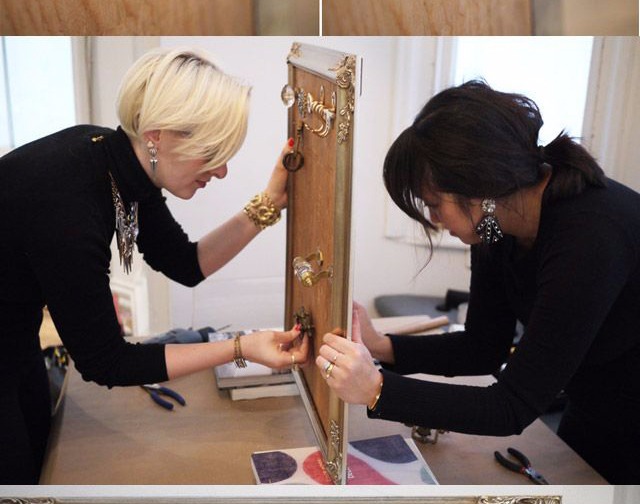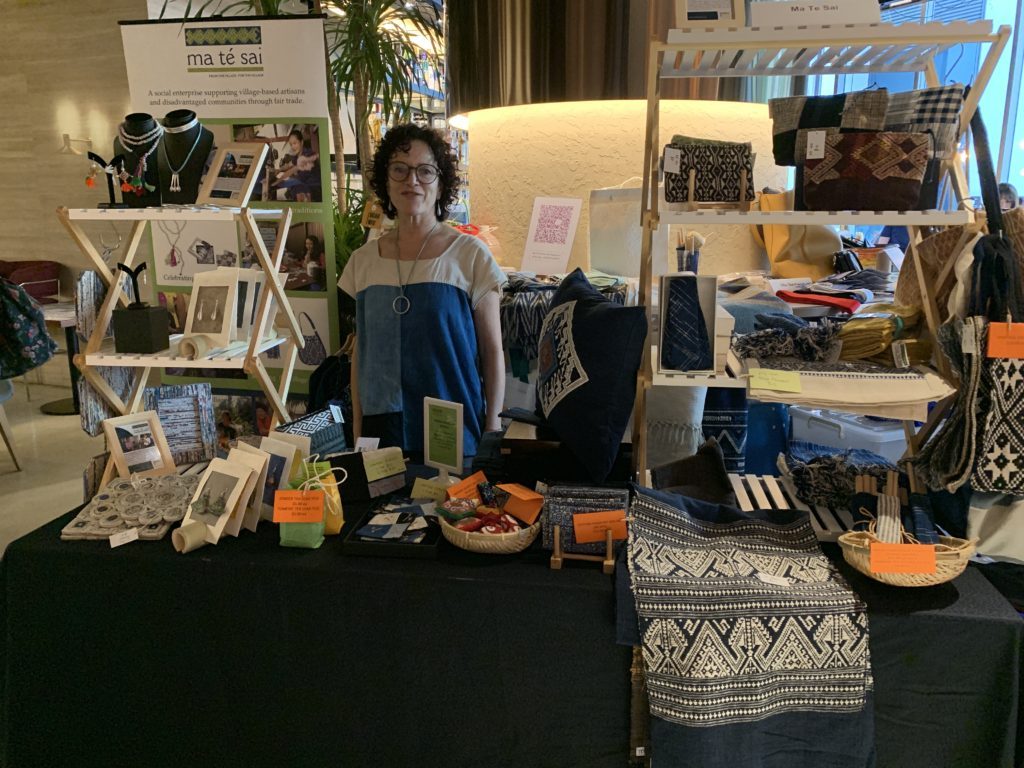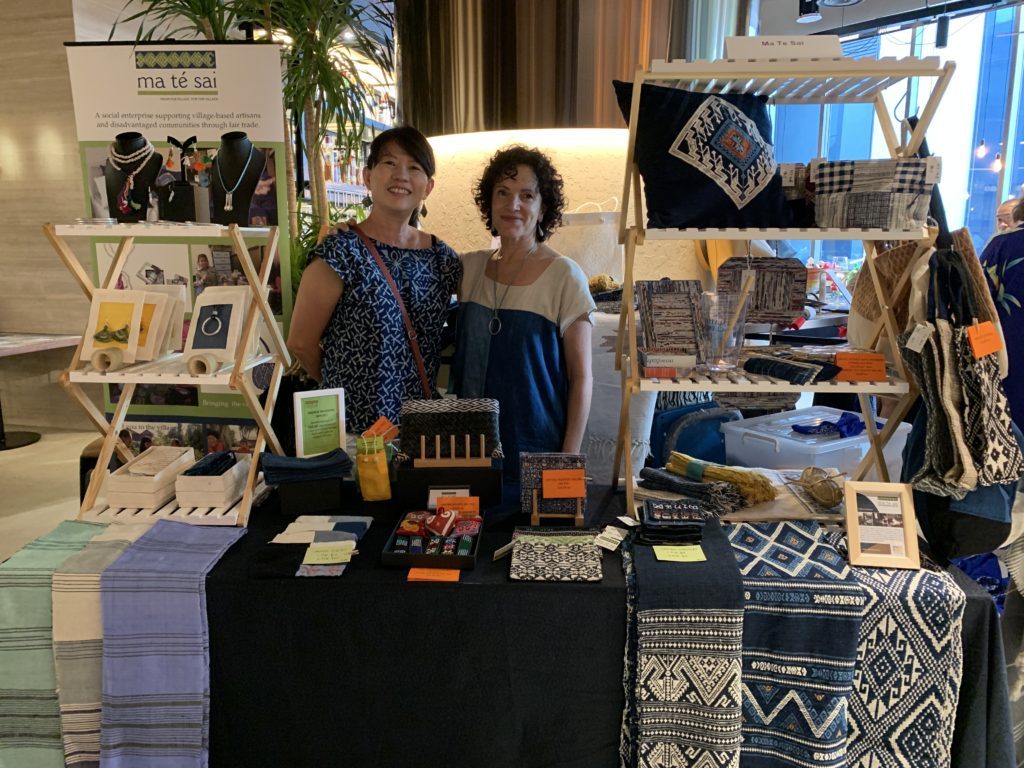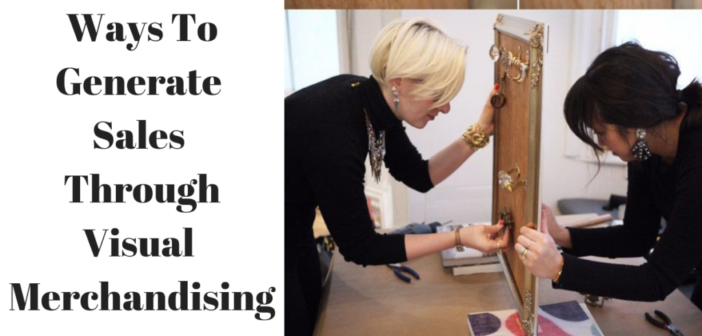How do you sell your products to the right audience that doesn’t require further convincing? Presenting themselves in ways that catch the attention of consumers is an element practiced by retailers worldwide in generating sales. That is known as Visual Merchandising.
While a certain sense of aesthetic demands attention, there’s also the science behind it. Visual merchandising is a tried-and-true strategy with results you can replicate in your own retail store and we’re here to guide you through it.
1) Focus On Target Audience
Visual Merchandising + Correct Target Audience = Higher Sale Possibilities. While it’s important to pinpoint the target consumers’ demographic data to assemble the product display in a way to get them interested, analyzing their psychographic and behavioral data will give you a better understanding

What are the colors they prefer more? Style? Product angles? Instagrammable approach? With a variety of articles, blogs, and Pinterest, we reckon you’d have zero trouble identifying your focus.
Knowing your target audiences inside and out will provide a better understanding of their approach and law of attraction as the different age group favors different things.
2) Find Inspiration & Make A Plan
According to PipeCandy, there are 2 to 3 million e-commerce companies in the world (excluding China). And that means tons of inspirations for your brand. Let’s face it, being authentic is one thing while being more than one in a million is highly possible as its an era of innovation than creation. Instead of hiring a big shot visual merchandiser, take matters into your own hands and dig into resources from Instagram (hashtag your findings), Pinterest and Shopify among others as brands all over the world.
3) Enable Customers to Look & Feel The Merchandise
Setting up your product display in a way customers can envision the products in their respective homes or on themselves will filter out the possibilities of nos’ and welcome more yes.

Take Ikea as an example to be still relevant in the market and even more so among the consumers across all ages since 1943. Their look and feel concept from the layout provides customers to touch and feel the fabric on the arm before they purchase a sofa as an example. Same goes with clothing and jewelry on a mannequin, testers for scent shoppers and kitchen appliances displayed in a kitchen setting at furniture stores.
4) The Rule Of Three
Rule of Three refers to displaying products in sets of three in order to capture the attention of the customers longer. The eyes move about and take in more detail.
The more they see, the more convincing it gets resulting in more sales. Additionally, the “pyramid principle,” implies that when you have a product placed at the top and others a step-down, the eyes will look at the focal point and work their way down.
5) Create A Focal Point
Place your feet in the shoes of the customer, observe your display and pay attention to your eye focus on your display. If the focus is on the dot, that’s the hotspot. If you’re confused about where to look, the setup needs a change. Be sure to check your displays to ensure customers can easily view the hotspots and merchandise.


6) Tell A Story
Big businesses usually serve a certain purpose and are inclined to focus more on price, delivery, or customer reward wars. Small businesses have the luxury to forge strong bonds with customers with their story and connect them to the brand. Everybody’s got a story. Use them in your favor and spread the message you intend to with your product. A tagline, short description. Effective visuals are a strategic asset.




